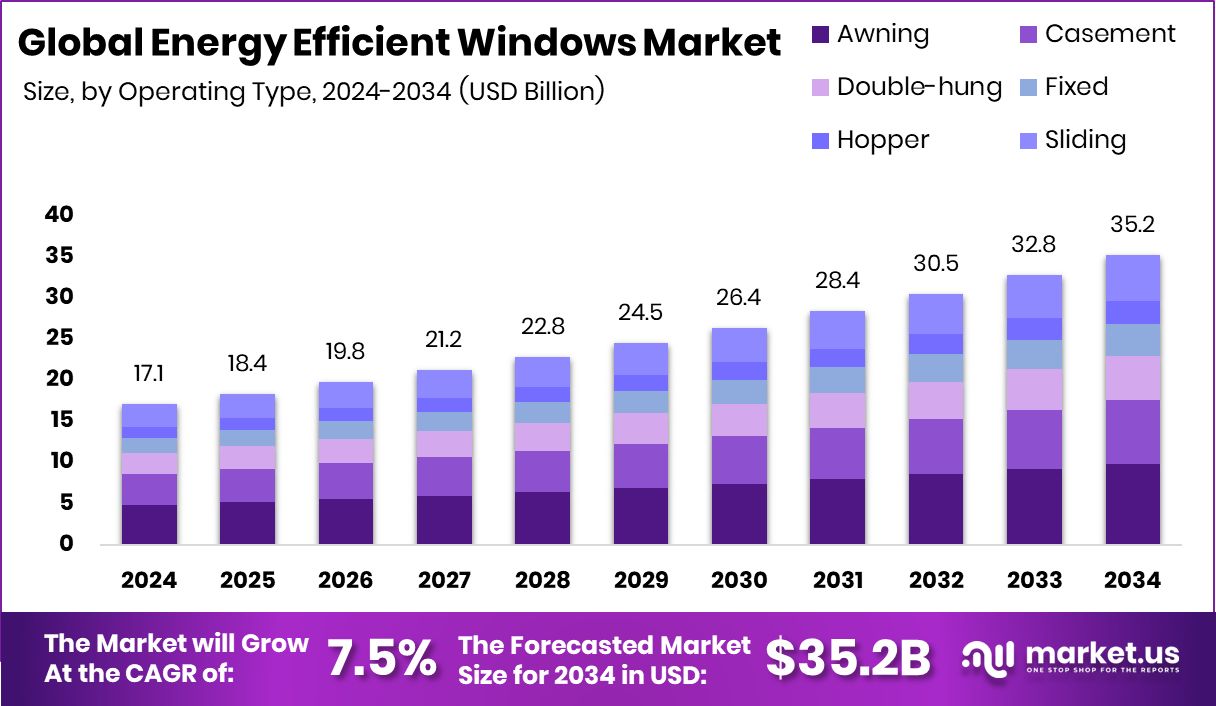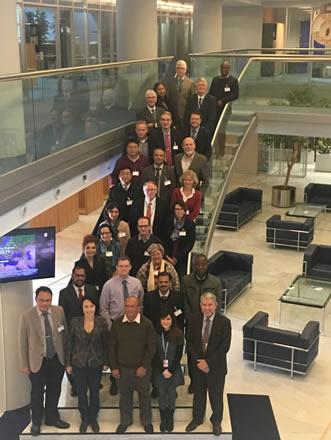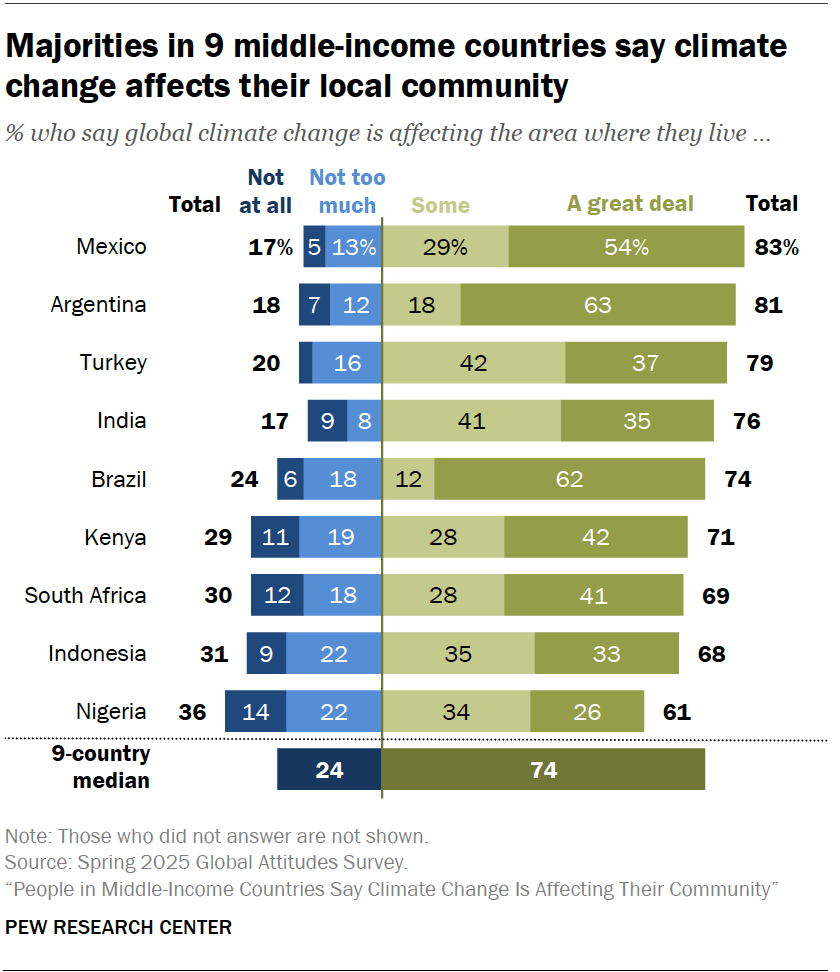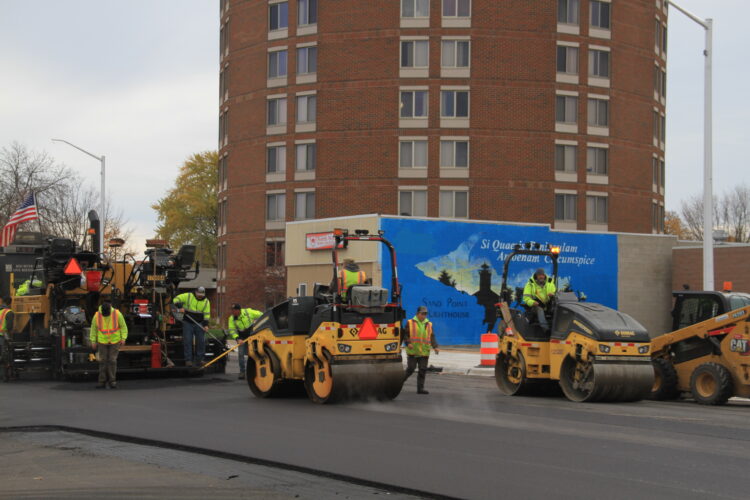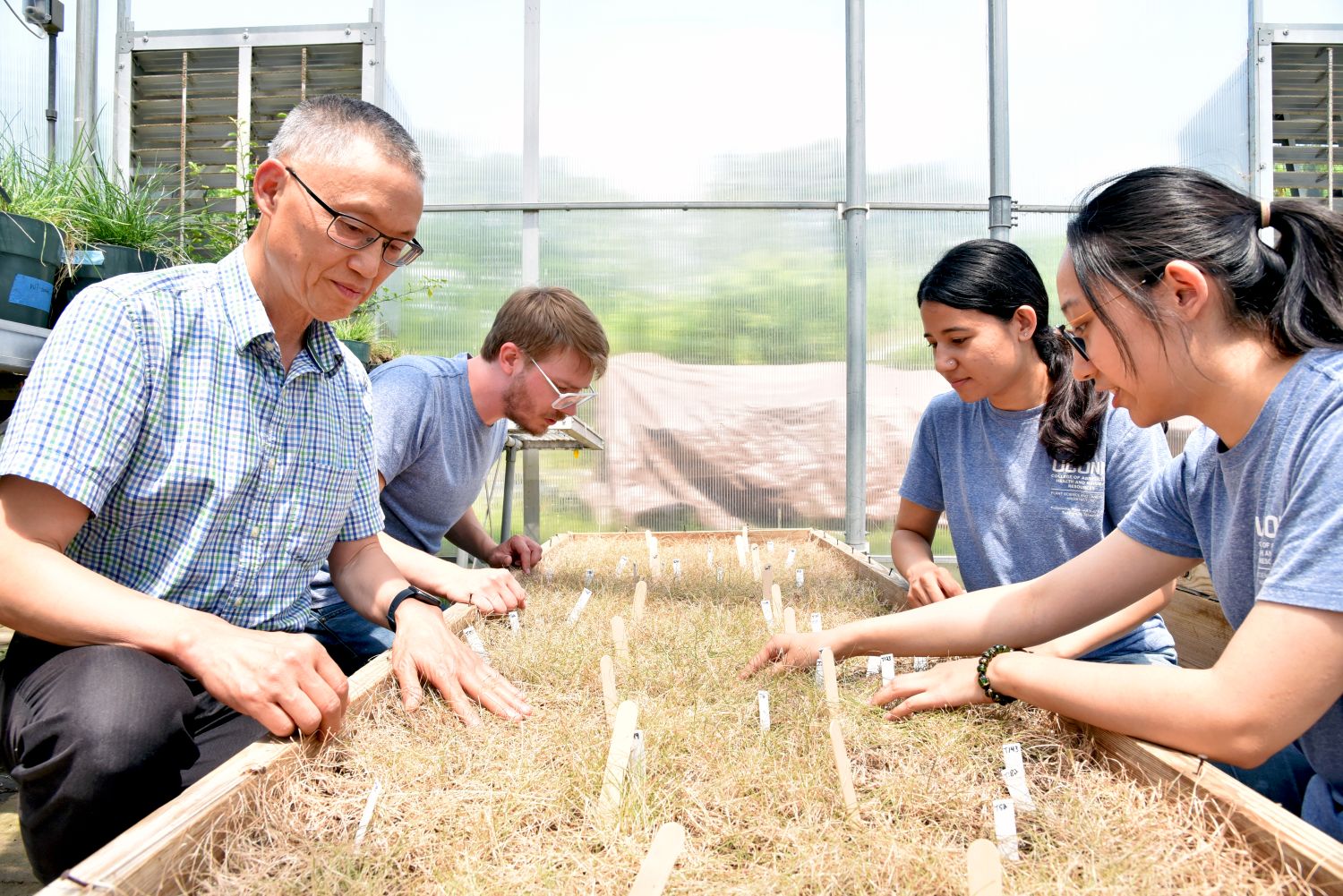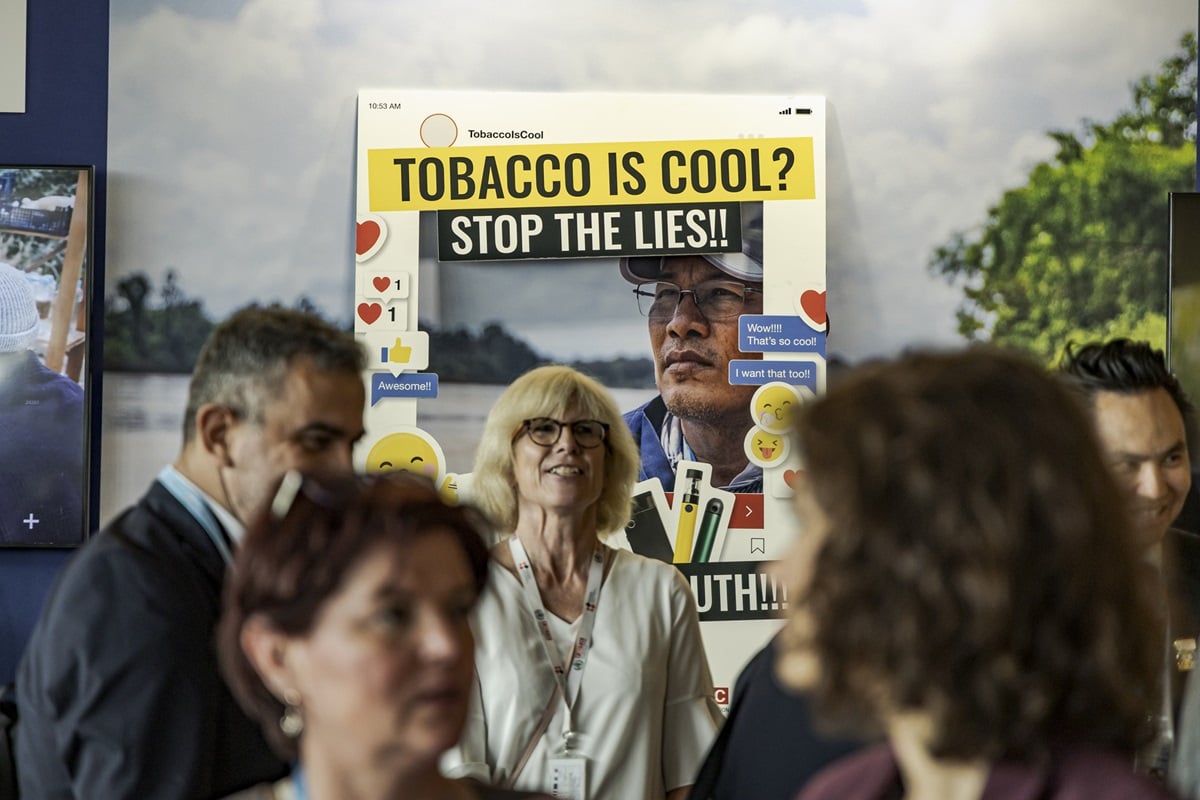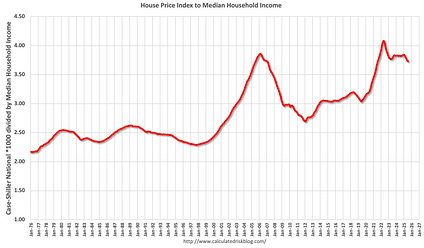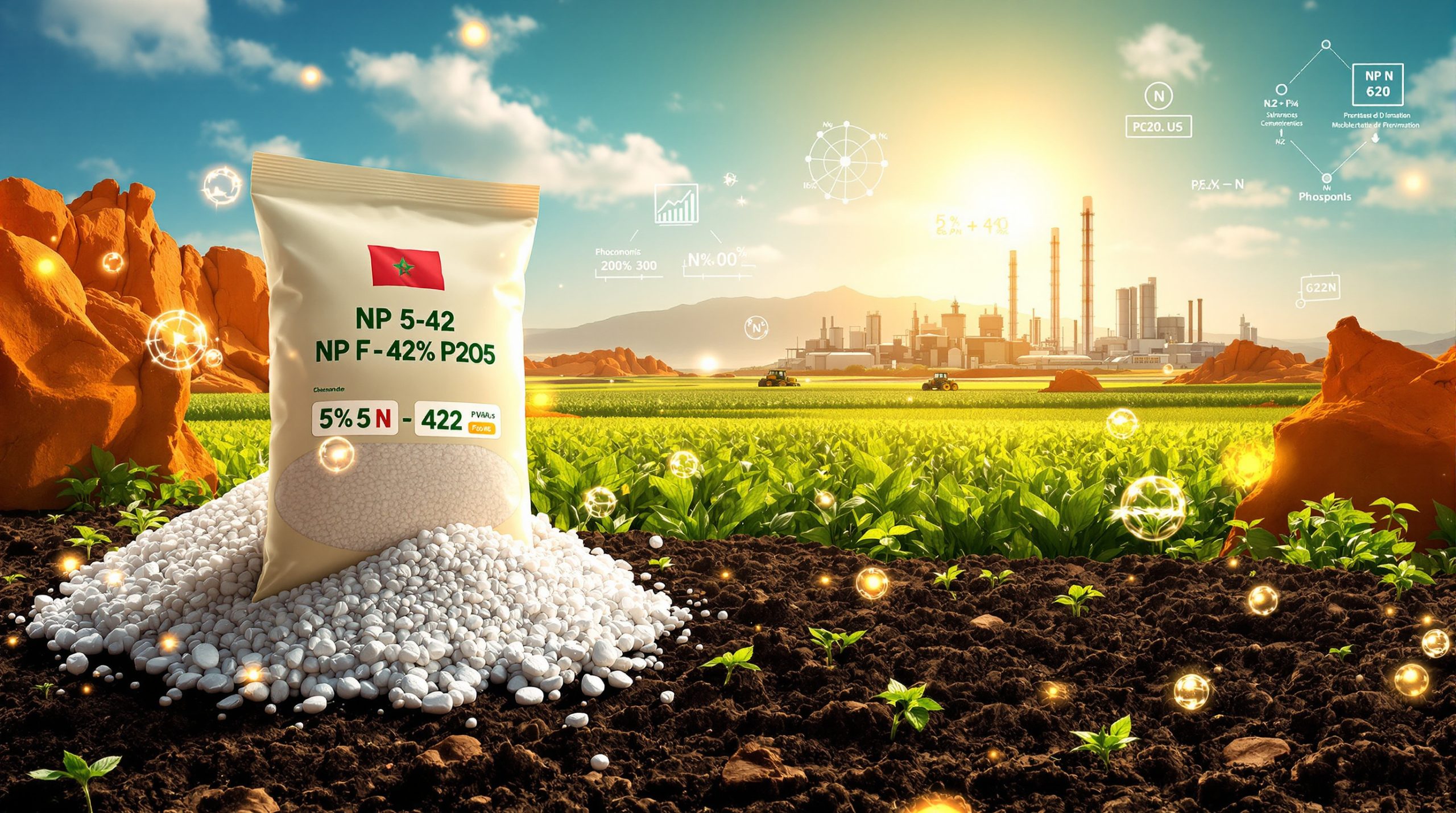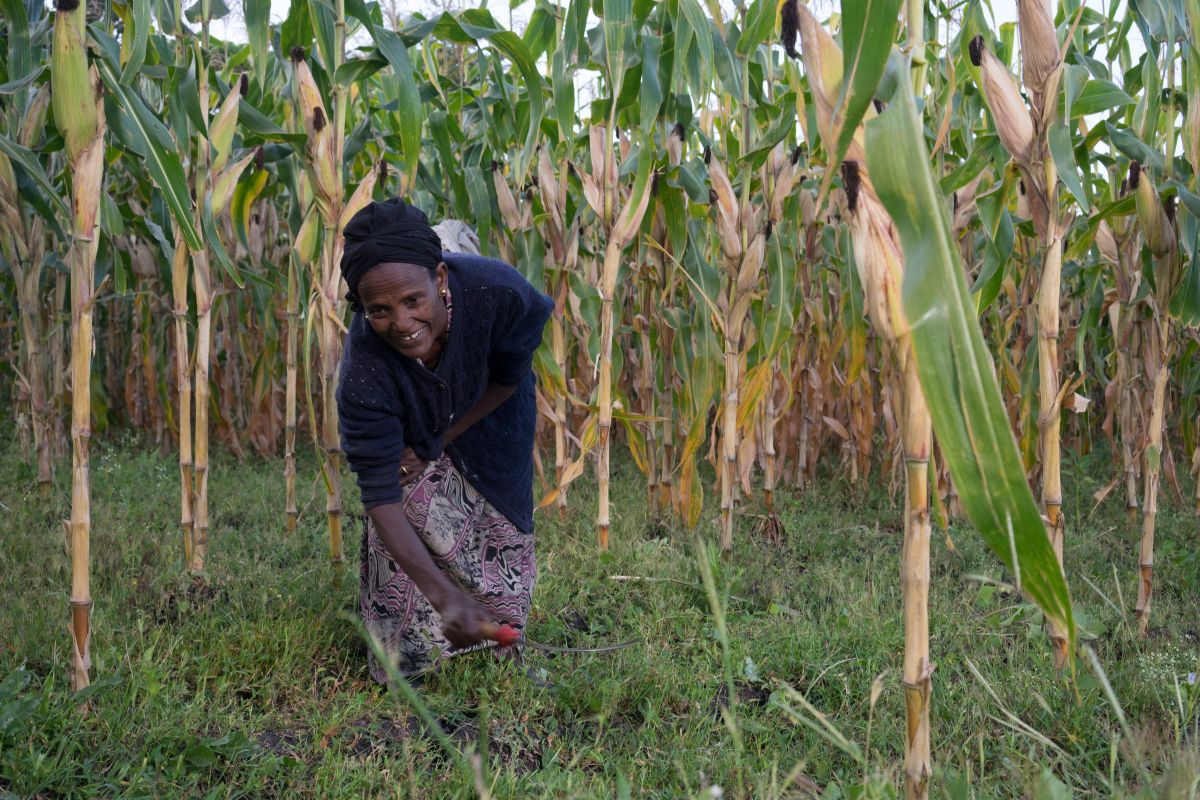Des Plaines City Council supports tax break for $10.5 million industrial development – Daily Herald

Des Plaines City Council Endorses Tax Incentive for $10.5 Million Industrial Development
Project Overview
A $10.5 million industrial facility, intended for use as a warehouse or factory, has been proposed for a vacant 10-acre site on the southeast side of Des Plaines. The development aims to revitalize previously underutilized land, aligning with Sustainable Development Goal (SDG) 9: Industry, Innovation, and Infrastructure.
Developer and Location Details
- Developer: Grossprops Associates, a Lincolnwood-based company
- Site Address: 424 Howard Avenue, north side between Mount Prospect and Wolf Roads
- Site History: Former headquarters of Cloud Packing Equipment, acquired by Duravant in 2020 and integrated into Mespack US
- Current Status: Existing building demolished to prepare for new construction
Development Plan and Economic Impact
- Construction of a 171,600-square-foot industrial building
- Leasing to a single tenant upon completion, as confirmed by Des Plaines Economic Development Manager Suzy Aguilar
- Expected to stimulate local economic growth and job creation, supporting SDG 8: Decent Work and Economic Growth
Tax Incentive Request and City Council Support
Grossprops Associates has formally requested a reduction in the property’s assessment rate from Cook County officials to incentivize redevelopment. The proposed tax break involves:
- Reducing the commercial property assessment rate from the standard 25% to 10% for the first 10 years
- Increasing to 15% in the 11th year and 20% in the 12th year
- Estimated tax savings of approximately $6.6 million over 12 years
The Des Plaines City Council unanimously approved a resolution supporting this request, recognizing the importance of revitalizing vacant and underused properties in line with SDG 11: Sustainable Cities and Communities.
Community and Political Support
Fifth Ward Alderman Thomas Merlin expressed strong support for the tax incentive, emphasizing the benefits of redeveloping the currently vacant site:
“It’s not doing anything sitting there vacant. If they’re going to redevelop the entire property … I’m all for it.”
Alignment with Sustainable Development Goals
- SDG 8 (Decent Work and Economic Growth): The project is expected to create jobs and stimulate economic activity in Des Plaines.
- SDG 9 (Industry, Innovation, and Infrastructure): Development of modern industrial infrastructure supports sustainable industrialization.
- SDG 11 (Sustainable Cities and Communities): Redevelopment of vacant land promotes urban regeneration and efficient land use.
- SDG 17 (Partnerships for the Goals): Collaboration between the developer, city council, and county officials exemplifies effective partnerships to achieve sustainable development.
1. Sustainable Development Goals (SDGs) Addressed or Connected
- SDG 8: Decent Work and Economic Growth
- The article discusses the development of an industrial building that could serve as a warehouse or factory, which relates to promoting sustained economic growth and productive employment.
- SDG 9: Industry, Innovation, and Infrastructure
- The construction of a new industrial facility on vacant land supports building resilient infrastructure and fostering industrialization.
- SDG 11: Sustainable Cities and Communities
- The redevelopment of vacant and abandoned property contributes to making cities inclusive, safe, resilient, and sustainable.
- SDG 17: Partnerships for the Goals
- The collaboration between the developer, city council, and county officials to provide tax incentives reflects partnerships to achieve sustainable development.
2. Specific Targets Under Those SDGs
- SDG 8: Decent Work and Economic Growth
- Target 8.2: Achieve higher levels of economic productivity through diversification, technological upgrading, and innovation.
- Target 8.3: Promote development-oriented policies that support productive activities and decent job creation.
- SDG 9: Industry, Innovation, and Infrastructure
- Target 9.1: Develop quality, reliable, sustainable, and resilient infrastructure to support economic development.
- Target 9.2: Promote inclusive and sustainable industrialization and raise industry’s share of employment and GDP.
- SDG 11: Sustainable Cities and Communities
- Target 11.3: Enhance inclusive and sustainable urbanization and capacity for participatory, integrated planning and management.
- Target 11.6: Reduce the adverse per capita environmental impact of cities, including by paying special attention to air quality and waste management.
- SDG 17: Partnerships for the Goals
- Target 17.17: Encourage and promote effective public, public-private, and civil society partnerships.
3. Indicators Mentioned or Implied to Measure Progress
- For SDG 8
- Indicator 8.2.1: Annual growth rate of real GDP per employed person.
- Indicator 8.3.1: Proportion of informal employment in non-agriculture employment.
- Implied: Number of jobs created or sustained by the new industrial development.
- For SDG 9
- Indicator 9.1.2: Passenger and freight volumes, by mode of transport.
- Indicator 9.2.1: Manufacturing value added as a proportion of GDP and per capita.
- Implied: Area (square footage) of new industrial infrastructure developed (171,600 sq ft building).
- For SDG 11
- Indicator 11.3.1: Ratio of land consumption rate to population growth rate.
- Indicator 11.6.1: Proportion of urban solid waste regularly collected and with adequate final discharge out of total urban solid waste generated.
- Implied: Reduction in vacant or abandoned properties in the city.
- For SDG 17
- Indicator 17.17.1: Amount of United States dollars committed to public-private partnerships.
- Implied: Number and effectiveness of partnerships between local government and private developers.
4. Table of SDGs, Targets, and Indicators
| SDGs | Targets | Indicators |
|---|---|---|
| SDG 8: Decent Work and Economic Growth |
|
|
| SDG 9: Industry, Innovation, and Infrastructure |
|
|
| SDG 11: Sustainable Cities and Communities |
|
|
| SDG 17: Partnerships for the Goals |
|
|
Source: dailyherald.com

What is Your Reaction?
 Like
0
Like
0
 Dislike
0
Dislike
0
 Love
0
Love
0
 Funny
0
Funny
0
 Angry
0
Angry
0
 Sad
0
Sad
0
 Wow
0
Wow
0










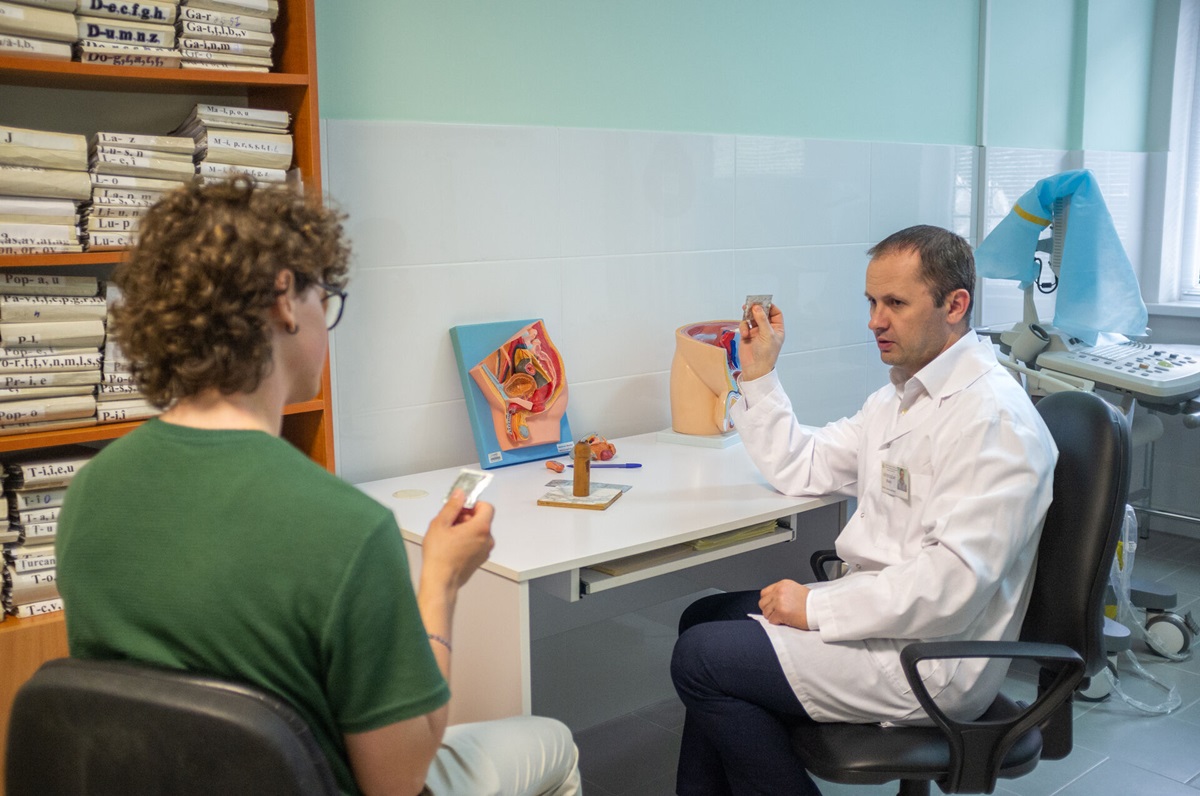
















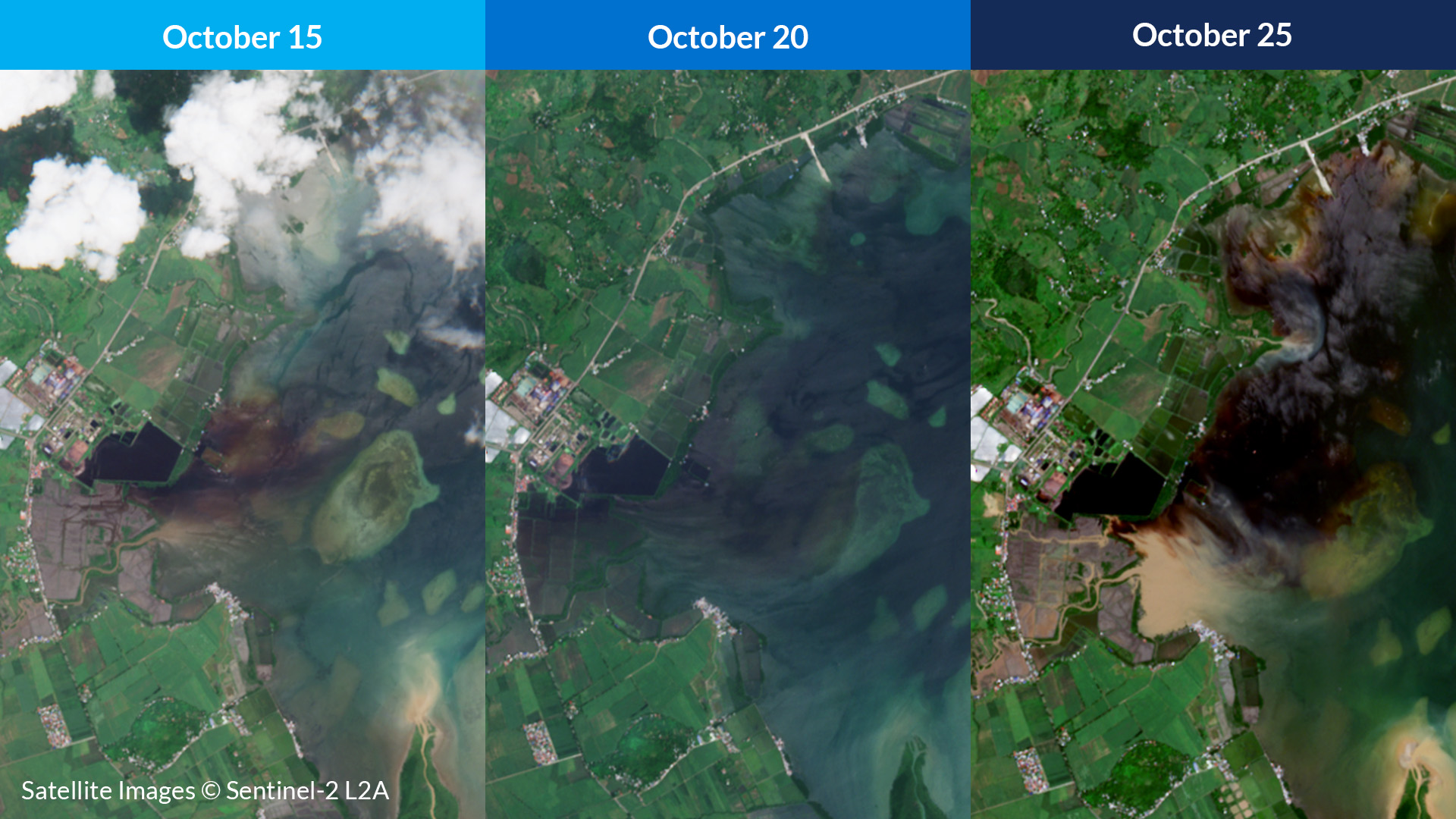




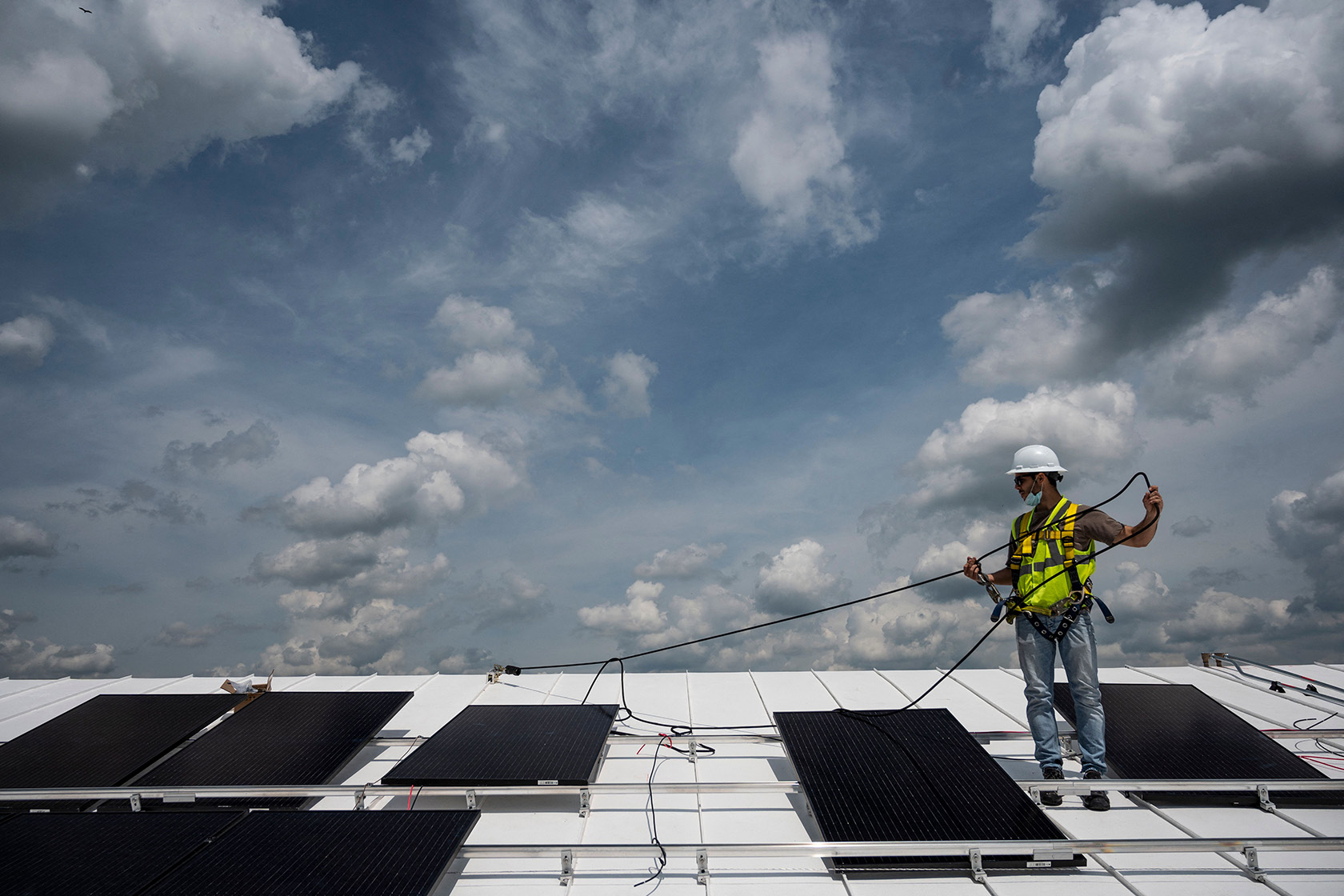
![[Latest] Carbon Fiber in Wind Turbine Rotor Blade Market to Reach US$18.07 Billion by 2033 | Astute Analytica – GlobeNewswire](https://ml.globenewswire.com/media/YTczNWUwMTAtZDY3OS00ZTZhLWEzMWItYzEzMWNjODEwZmY3LTEyMTg1NTctMjAyNS0xMS0wNS1lbg==/tiny/AstuteAnalytica-India-Pvt-Ltd-.png?#)



